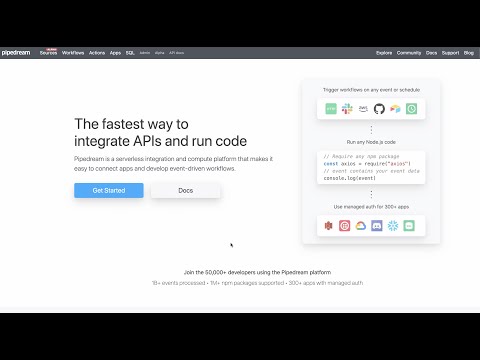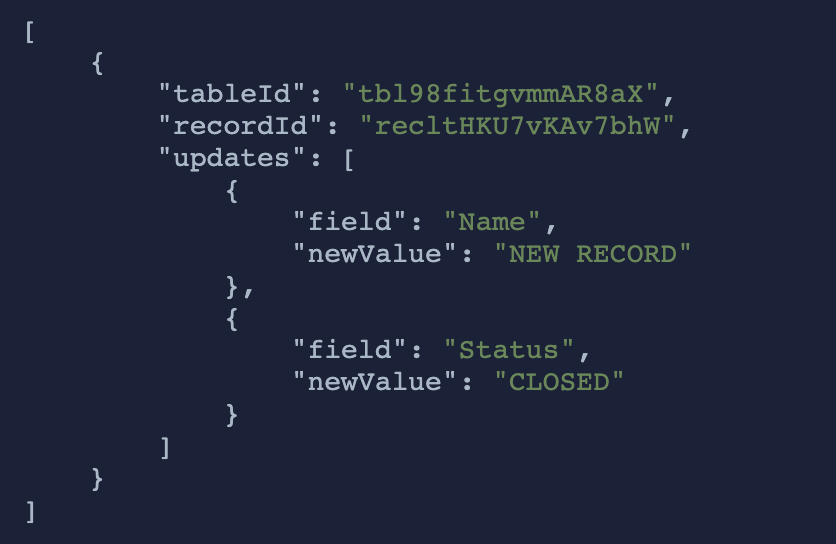What do you want to automate
with YouTube Analytics and Slack?
Prompt, edit and deploy AI agents that connect to YouTube Analytics, Slack and 2,800+ other apps in seconds.
Trusted by 1,000,000+ developers from startups to Fortune 500 companies
Popular Ways to Connect YouTube Analytics with Slack#
Popular YouTube Analytics and Slack Triggers#
Emit new event when a new message is posted to one or more channels
Emit new event when a message was posted in a direct message channel
Emit new events on new Slack interactivity events sourced from Block Kit interactive elements, Slash commands, or Shortcuts
Emit new event when a specific keyword is mentioned in a channel
Popular YouTube Analytics and Slack Actions#
Retrieve detailed analytics for a specific video. See the documentation
Fetch summary analytics reports for a specified youtube channel. Optional filters include date range and report type. See the documentation
Send a message to a public or private channel. See the documentation
Execute a custom analytics query using specified metrics, dimensions, filters, and date ranges. Requires query parameters to configure. See the documentation
Send a message to a user, group, private channel or public channel. See the documentation
Overview of YouTube Analytics#
The YouTube Analytics API enables you to pull complex, insightful data regarding your YouTube channel's performance, audience demographics, and engagement metrics. It's a goldmine for content creators looking to refine their content strategy based on solid data. Using Pipedream, you can automate the extraction of these analytics, set up real-time alerts, or synchronize this data with other tools for enhanced reporting and decision-making.
Connect YouTube Analytics#
import { axios } from "@pipedream/platform"
export default defineComponent({
props: {
youtube_analytics_api: {
type: "app",
app: "youtube_analytics_api",
}
},
async run({steps, $}) {
return await axios($, {
url: `https://www.googleapis.com/oauth2/v1/userinfo`,
headers: {
Authorization: `Bearer ${this.youtube_analytics_api.$auth.oauth_access_token}`,
},
})
},
})
Overview of Slack#
The Pipedream app for Slack enables you to build event-driven workflows that interact with the Slack API. Once you authorize the app's access to your workspace, you can use Pipedream workflows to perform common Slack actions or write your own code against the Slack API.
The Pipedream app for Slack is not a typical app. You don't interact with it directly as a bot, and it doesn't add custom functionality to your workspace out of the box. It makes it easier to automate anything you'd typically use the Slack API for, using Pipedream workflows.
- Automate posting updates to your team channels
- Create a bot to answer common questions
- Integrate with your existing tools and services
- And much more!
Connect Slack#
import { axios } from "@pipedream/platform"
export default defineComponent({
props: {
slack: {
type: "app",
app: "slack",
}
},
async run({steps, $}) {
return await axios($, {
url: `https://slack.com/api/users.profile.get`,
headers: {
Authorization: `Bearer ${this.slack.$auth.oauth_access_token}`,
},
})
},
})
Related Videos#


Community Posts#
